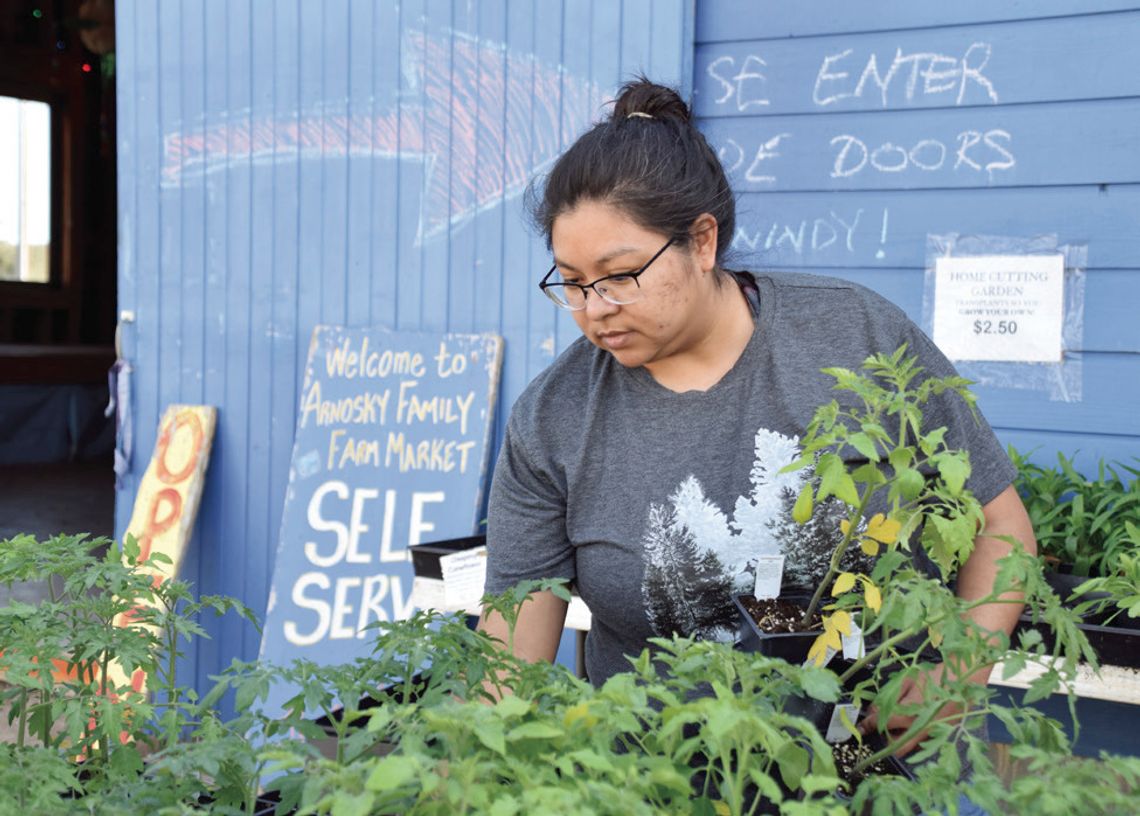Bees aren’t the only busy ones this time of year. Now that the threat of a late freeze is over, gardeners are out in force, getting ready for the growing season.
That includes the Hays County Master Gardeners. Every Thursday from 3 pm - 6 pm, volunteers from the group set up tables at libraries across the area to share their knowledge with local residents. On a recent Thursday, Master Gardeners Rosaura Gomez and Sharon Carter-Valdez were tabling at the Dripping Springs Community Library.
They had a lot of information to share with the community, including resources for growing your own vegetable garden. Carter-Valdez said that while fall is often a better time for vegetables in the Hill Country area, spring is also popular.
“If you’re planting now, by July you might not have anything,” Carter-Valdez said. “But they should do well for a couple of months for sure.”
Tomatoes are a popular crop, but the summer heat is often a challenge for them. She said that some crops for this area that do pretty well throughout the summer include onions, radishes, green beans and okra.
“Peppers of any kind also do really good,” Gomez said. “One year I grew those colorful fiesta ones that are kind of sweet. And I grew jalapenos in another pot. I got the seeds from the peppers I bought from the grocery store. I was really mothering them, because that was the first time I was going to grow some from seeds. I got some good looking peppers.”
For anyone interested in growing vegetables, one of their first recommendations is to pay attention to the ground.
“The soil that you are growing in is probably the most important of all,” Carter-Valdez said.
She said that in much of the Dripping Springs area, the ground is very rocky, and there are only patches of dirt. It’s usually necessary to buy garden soil.
“To have a successful garden, you almost have to do raised beds,” Carter-Valdez said. “There's all sorts of easy ways to do that, and it's certainly easier to maintain them as well.”
She said it doesn’t need to be fancy. A lot of people use cinder blocks, maybe two or three high. The higher you build it, the easier it is to take care of, because you don't have to stoop or kneel nearly as much.
“It’s easier to pull the weeds because you have just the right soil in there and the soil stays loose, nobody's walking on it,” Carter-Valdez said. “And it's easier to mulch and to water.”
Raised beds are also better any time you want to plant under trees, because as a rule you don’t want to dig under trees, or anywhere inside the drip line.
“I always thought trees had these deeper roots, and what's up top doesn't really matter so much. But I learned that the big roots are the stabilizers,” Carter-Valdez said. “That's what holds the tree upright. The feeder roots are right below the top of the soil.”
It’s those feeder roots that can be harmed by digging. And that damage doesn't show up immediately.
“It may take years, but eventually you've killed the feeder roots and the tree can't sustain itself,” Carter-Valdez said.
Besides the soil, another thing to understand is the importance of buying plants that are the appropriate variety for the area. They agreed that it’s usually best to avoid the big box stores and buy at nurseries that specialize in our region.
“Places like Natural Gardener and Geo Growers are a better option,” Carter-Valdez said.
Gardeners can also go to the Texas A&M AgriLife website to learn more about plant varieties and to get gardening tips. They have county-specific resources that can tell you what varieties to plant, what time of the year and more.
“That's an excellent resource for anybody who's trying to start a garden,” Carter-Valdez said. “You really can't get much better information than that.”
Texas A&M Agrilife is also a partner for the Texas Superstars program at www.texassuperstar. com. It shows plant varieties that have been tested to grow well in different Texas regions. The City of Austin also has a gardening site called www. growgreen.org.
The sheer volume of information on those sites can be overwhelming though. A visit to the Master Gardeners at the library on a Thursday afternoon can help guide gardeners in the right direction.
Knowing when to water and how to water is another important skill for growers, and sometimes it takes some trial and error.
“It's kind of a learning process,” Carter-Valdez said. “You might be like, oh well, that didn't do so well. Maybe it should have afternoon shade and it wouldn't dry out so bad.”
Since plants have different watering requirements, there’s no hard rule. But there are some signs that gardeners can look for to know if they are watering too little or too much.
“If the leaves are soft and yellow, they're being overwatered,” Carter-Valdez said. “If they're dry and crackly, and they're turning yellow, they don't get enough water.”
It’s best to water in the morning or evening, and to try not to get water on the leaves, because the sun can burn the plants.
“Some people put up irrigation, with a timer for drip irrigation,” Gomez said.
There are also other devices to check the soil.
“My husband uses a soil moisture meter to determine when to water,” Carter-Valdez said. “I tend not to. I just stick my finger in there to check it.”
Gomez has an irrigation system in place, as well as a moisture meter.
“I don't go out and water all the time down in my yard,” Gomez said. “So for my roses I just have it automatically water it just a little bit.”
Generally, pots require more watering than plants in the ground. They dry out faster, depending on what type of pot, how big it is and where it is.
The Master Gardeners said that even though growing your own vegetables can be intensive, it’s also rewarding.
“It makes you feel good to be able to go out and pick something that you grew,” Carter-Valdez said.
Gomez said they taste better, too.
“There's a big difference between a tomato that you grow compared to a tomato that you buy at the grocery store,” Gomez said. “I really like the little cherry ones, the sweet ones? They're so good. They're like candy, you just pop them in your mouth.”
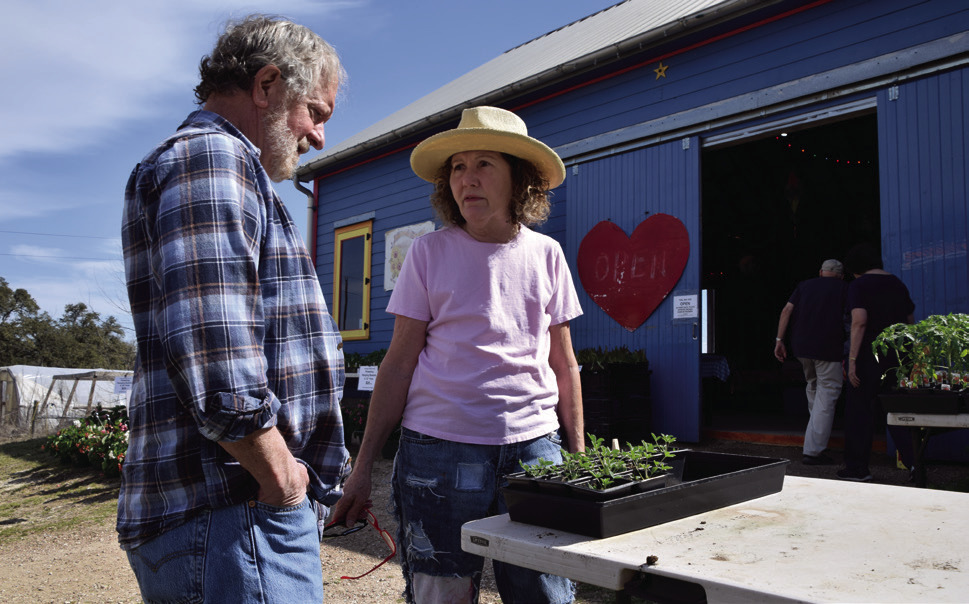
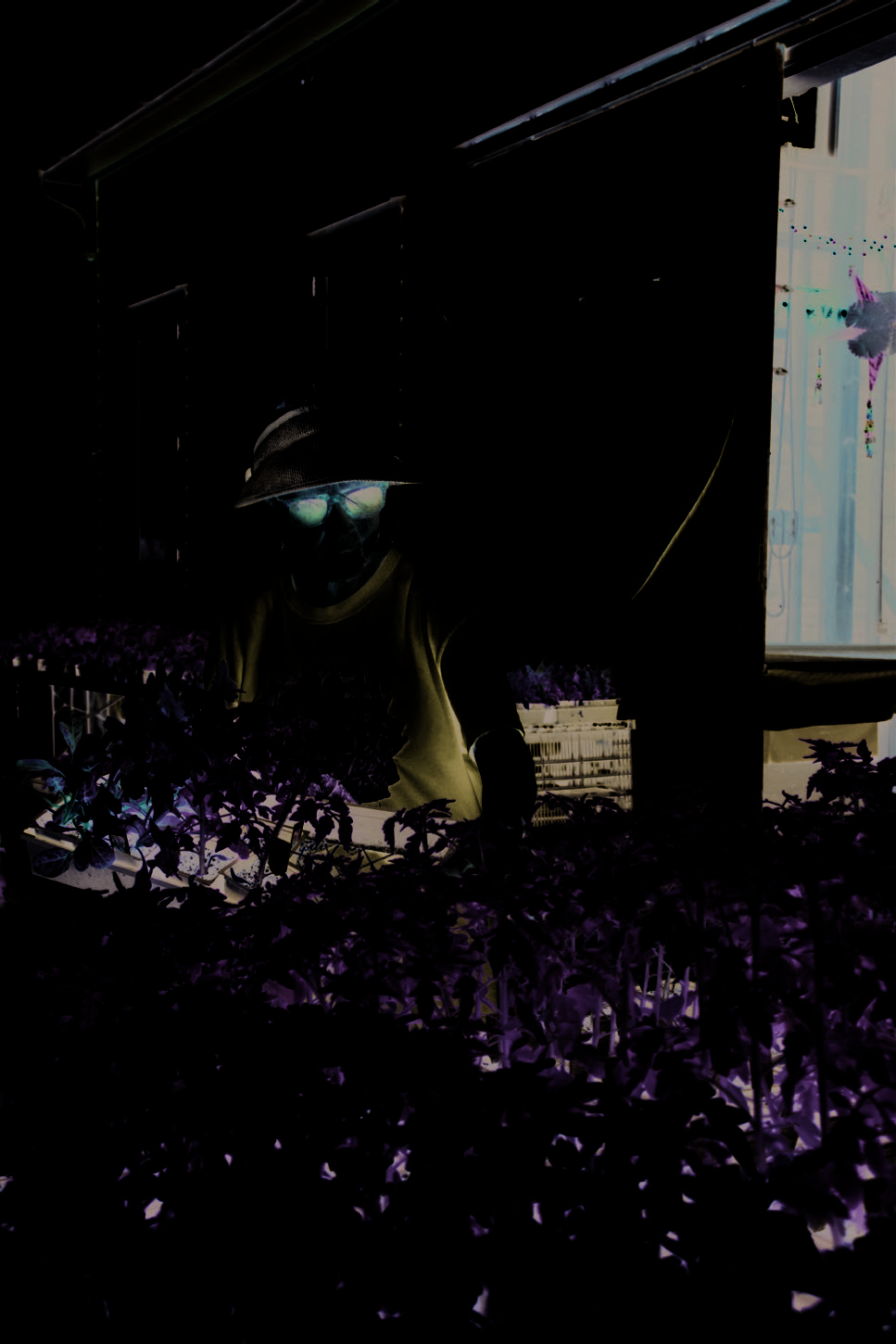
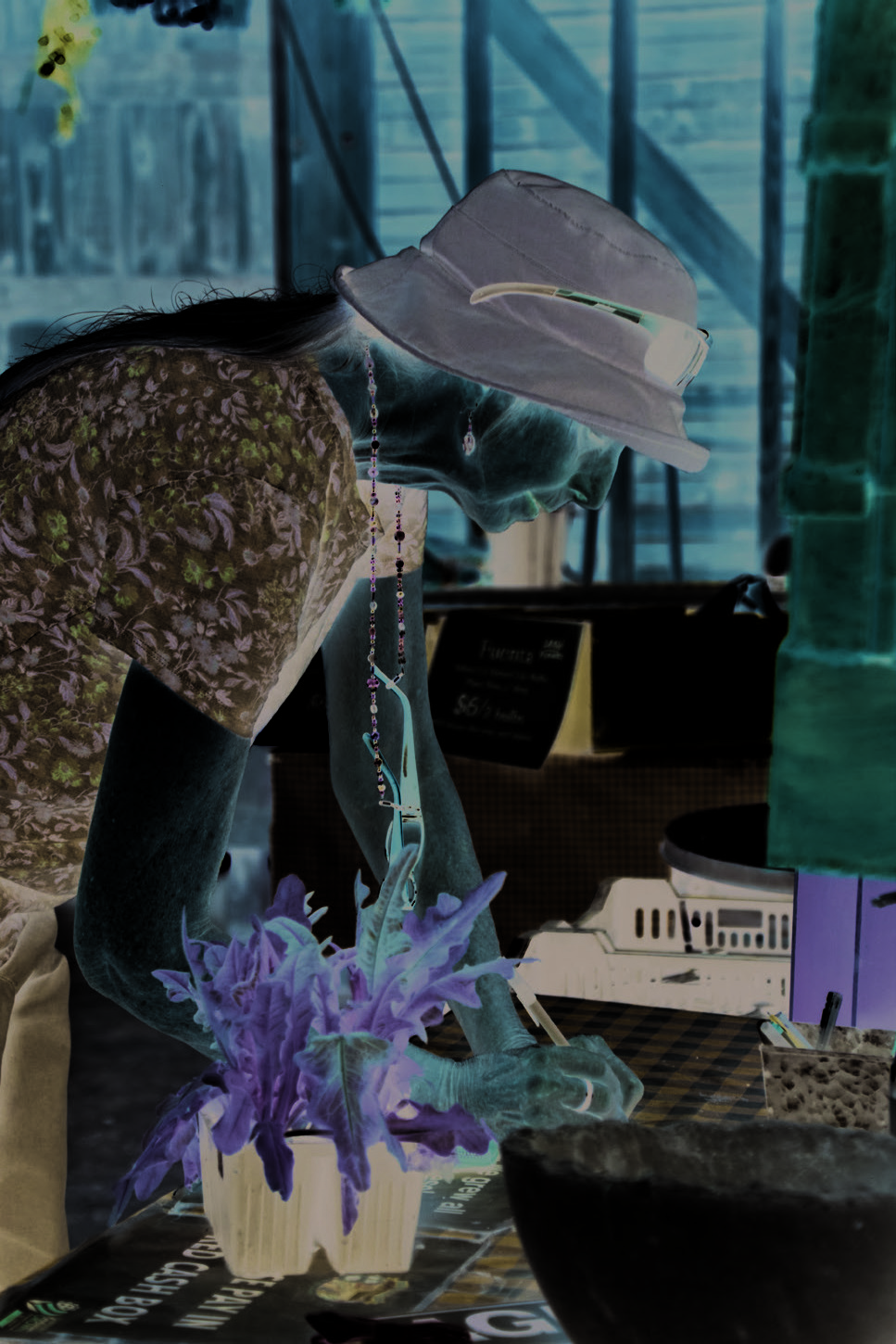
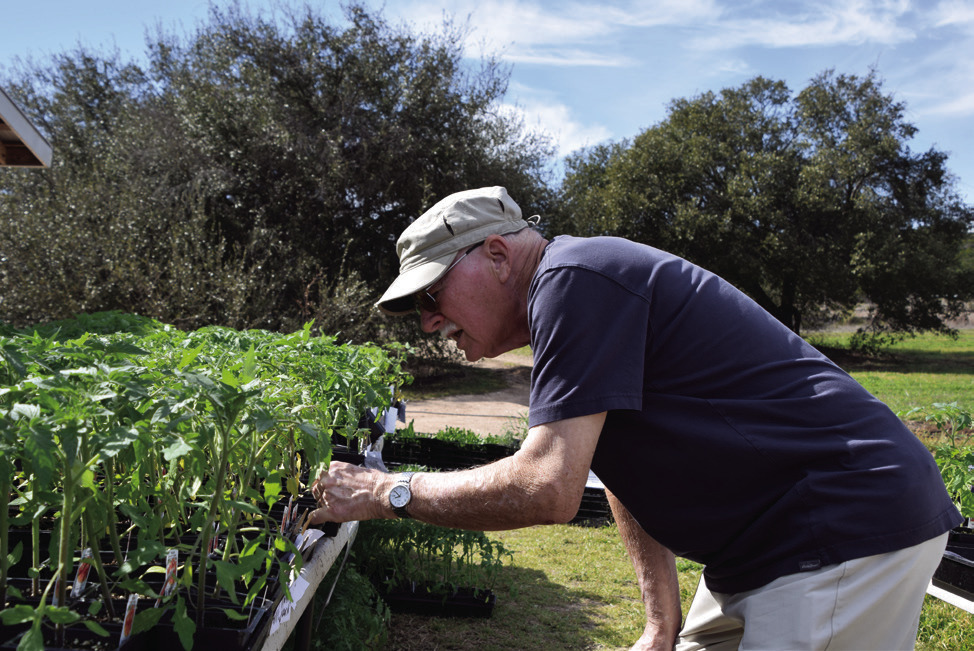
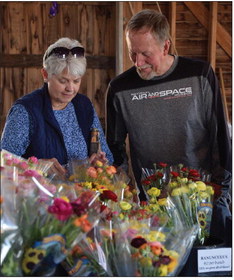
.png)


